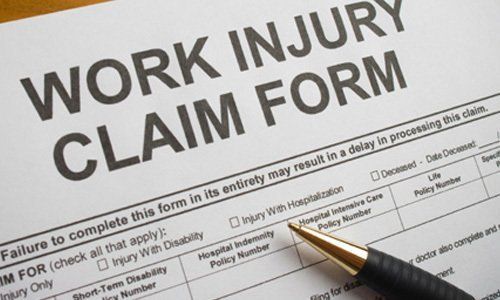3 Reasons Why Hiring Managers Need to Use PCP Testing in 2021
How Physical Capacity Profile® (PCP) Testing Can Save Your Company Money in 2021

As the Covid pandemic winds to a close, more and more people are slowly, and carefully, heading back to work. As exciting as that may be, employers are finding that in the current economic environment, for a variety of reasons, hiring the right employees has become quite difficult. According to the Bureau of Labor Statistics, by the end of April 2021, job openings rose to an unprecedented 9.3 million
! To make matters even more stressful for business owners, the number of people voluntarily leaving their jobs
rose by 164,000 to 942,000 in June 2021. So, what does this mean for business owners and hiring managers? It means that despite the employee shortage, it’s crucial to hire employees that are,
in fact, capable of getting the job done. Unfortunately, however, because the current pool of applicants has been depleted, it’s become increasingly more challenging to find employees who fit job descriptions and who have the exact experience needed to work specific jobs - especially those that require a certain amount of physical labor. Thankfully, we have a solution: Physical Capacity Profile® (PCP) testing. With PCP testing, employers are able to perform post-employment physical exams that provide a baseline for employees to meet that ensures they are capable of performing the job they’ve applied to. This guarantees that employers are hiring the right people for the job, that they won’t have to worry about replacing them soon after they’re hired, and, most importantly, that both employers and employees won’t have to be burdened with workers compensation claims or lawsuits.
Let’s dive further in.
What Exactly is PCP Testing?
The Physical Capacity Profile® (PCP) testing system is used by medical teams for post-offer physical exams and fit for duty. Simply put, the Physical Capacity Profile® (PCP) testing system creates a baseline qualification system that allows employers to test whether their new-hires are truly fit for the job. This has become increasingly more important in industries that require a significant amount of physical labor.
Additionally, Physical Capacity Profile® (PCP) network locations have collectively tested over 800,000 employees. Current industries that use PCP testing include: Public and private corporations, large hospital systems, municipalities, Self-insured workers’ compensation funds, Statewide trade associations, School districts and more.
PCP testing provides answers to three very important questions when it comes to hiring:
- Does your new hire have the strength and fitness required to do their job?
- Does your new employee have a pre-existing injury?
- Is your employee ready to return to their job after recovering from an injury?
How Does PCP Testing Work?
Utilizing state-of-the-art proprietary software, the Physical Capacity Profile (PCP) machine completes a collection of multiple-strength measurements in as little as 20 minutes that ensures employees are fully able to fulfill their job requirements. This is especially important in the hospital and healthcare industries, manufacturing and municipalities and schools. The test report
results are available to the medical professionals and employers within minutes. And, the Physical Capacity Profile® Testing is ADA and HIPAA compliant and has successfully undergone EEOC audits.
The Physical Capacity Profile® Testing System measures include the following: Comprehensive Physical Exams; Comprehensive Medical Review; Upper Extremity Strength; Lower Extremity Strength; Active Lumber Range of Motion; Lower Extremity Mobility; Maximum Lifting Capability; Safe Lifting Techniques; Fitness; and Spirometry. Through computerized software, a comprehensive collection of 23 maximum strength measurements are collected in as little as 20 minutes. Results are available in seconds for both the medical team and employer ( https://www.pcpworks.com/post-offer-employment-testing-system
). The medical information is obtained and measured utilizing standards from the Department of Labor’s
(DOL) five classifications of work and the American Medical Association
(AMA) guidelines.
3 Reasons Why You Need PCP Testing
We could write a whole book on the benefits of PCP, but to keep it simple we’re going to talk about top three reasons why hiring managers should absolutely be using Physical Capacity Profile® Testing, especially in 2021.1. Decreased employee turnover
As mentioned above, and for a variety of reasons, hiring in today’s economy has become a challenge in the aftermath of the pandemic. Politicians on both sides of the aisle cite varying reasons for what’s quickly become a global labor shortage, including extended unemployment benefits, health concerns, or difficulty finding affordable child care. Regardless of the cause, the labor shortage has highlighted the importance of not just hiring anyone for the job - but hiring the right person. By using Physical Capacity Profile® (PCP) testing, employers are able to ensure that their hires are fully able to meet physical demands, which drastically decreases turnover rates.
2. Allows Employers and Hiring Managers to Develop A Baseline Measure of Employees’ Physical Capacity That is Objective
When hiring employees who are going to be required to perform at least some form of physical labor, it’s crucial that you set a standard and baseline for what to expect. Not only does this give employees a clearer understanding of what qualifications they must meet in order to apply, but it also makes hiring mangers’ jobs much easier. By establishing a set of base guidelines and expectations, hiring managers will be able to attract employees who are actually fit for the job and decrease employee turnover.
As opposed to a subjective medical exam by a single practitioner, Physical Capacity Profile® (PCP) testing is able to collect objective
evidence that will allow employers to accurately assess the abilities of employees. So, what is objective evidence? “Objective evidence refers to visible, measurable findings obtained by a medical examination, tests, or diagnostic imaging. Someone other than the injured worker must be able to see or feel the evidence. Examples of objective evidence include a broken leg or an abrasion.” ( https://www.pcpworks.com/subjective-vs-objective-employment-testing
).
Subjective and objective evidence contrast in several ways. For instance, s ubjective
data is information from the client’s point of view (“symptoms”), including feelings, perceptions, and concerns obtained through interviews. Objective
data are observable and measurable data (“signs”) obtained through observation, physical examination, and laboratory and diagnostic testing. ( https://www.pcpworks.com/subjective-vs-objective-employment-testing
).
So, what makes the PCP test objective? Utilizing state-of-the-art proprietary software, the Physical Capacity Profile (PCP) machine completes a collection of multiple-strength measurements in as little as 20 minutes. Test reports are available to the medical professional and employer within minutes. The AMA Guide for the Evaluation of Permanent Impairments are constantly being upgraded, and state statutes are held to a standard from the chosen issue (which varies by state) of these guidelines. The Physical Capacity Profile® (PCP) testing system has remote diagnostic capabilities, which allows them to perform troubleshooting if a problem should arise-resulting in quick resolution of software issues ( https://www.pcpworks.com/subjective-vs-objective-employment-testing ).
3. Drastic Decrease in Work-Related Injuries
Have you ever hired someone you weren’t sure had the physical ability to do the job you were about to hire them into? Or, have you ever had someone returning from an injury but were unsure if they were really ready to return to their job? Strength studies by the U.S. Department of Labor have shown that utilization of types of programs such as Physical Capacity Profile® (PCP) testing, to match workers to the jobs they can physically perform, drastically reduces the rate of work-related injuries and in turn, positively impacts a company’s bottom line ( https://www.pcpworks.com/post-offer-employment-testing-system
).
This has become even more important hiring post-Covid. Because people are returning to work after being out of the workforce for an extended period of time, these individuals, in many cases, can be de-conditioned to do the work they had been doing prior to Covid. By using Physical Capacity Profile® (PCP) testing, employers are able to eliminate any future injuries that could occur on the job. This, in turn, leads to a decrease in workers compensation claims. In fact, using our Physical Capacity Profile® (PCP) testing system, has led to a 30%
reduction in worker compensation injury rates and a 10-30%
reduction in worker compensation premiums. This also allows your workforce to remain at 100% output. It’s a win win for both employers and employees ( https://www.pcpworks.com/post-offer-employment-testing-system
).
By using our Physical Capacity Profile equipment, you’ll be able to hire right the first time, confidently, which leads directly to increased productivity, increase in profit, and a decrease in workers compensation claims. There’s never been a more important time to focus on hiring qualified employees, so why wait? To learn more information on our Physical Capacity Profile® (PCP) testing, be sure to check out our website at https://www.pcpworks.com.










